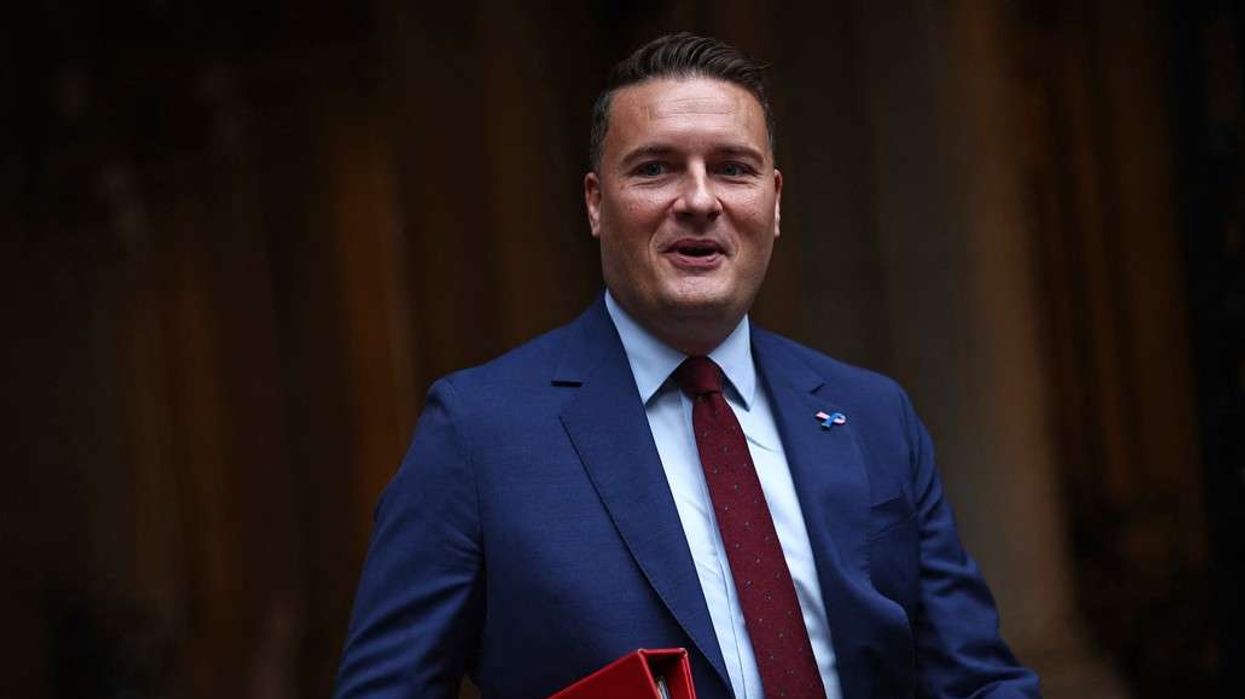By Amit Roy
ART collector Nirmalya Kumar has spoken of his “delight” at being part of a new exhibition at Tate Britain that features 160 paintings by one of Britain’s greatest landscape artists, Joseph Mallord William Turner.
Kumar, an academic guru who was previously at the London Business School custom pet portraits and is now Lee Kong Chian Professor of Marketing at Singapore Management University, has one of the finest private collections of the Bengal School.
He explained that Turner never actually visited India, but – based on what he was told by eye witnesses – he did four paintings with an Indian setting. Kumar owns one of them – The Fortress of Seringapatam, from the Cullaly Deedy Gate (1800) watercolour and graphite on paper – which he has given on loan to the Tate exhibition, Turner’s Modern World, which runs until March 7, 2021.
Kumar told Eastern Eye from his London home: “I acquired it from Sotheby’s New York in 2014 and took it for examination to the Tate. I showed it to David Brown, the Turner expert there.
“Around 1800 when Turned painted these, paintings of India were rather popular as Thomas and William Daniell had very successfully published their set of 144 acquatints on India called Oriental Scenery. Besides, the empire was starting to consolidate.”
Kumar said that Turner (1775- 1851) “was known for his expressive colourisations, imaginative landscapes and turbulent marine paintings. It is less well known that around 1800, Turner, who had never visited India, executed four watercolours of the battle between Tipu Sultan and the British East India Company.
“Two of these paintings are being reunited for the first time since they were painted in the exhibition, Turner’s Modern World.”
One is his painting. The other is The Siege of Seringapatam (c 1800), watercolour, gouache and graphite on paper, which the Tate purchased in 1986.
Kumar said that over the decades the four “India” paintings that Turner did “were mistakenly attributed to William Daniell (1769-1837). Only in the mid- 1980s, when one was offered for sale at Christie’s, were they recognised as Turner originals.”
He added: “Turner may have intended these watercolours for engraving, or perhaps for a patron like William Beckford who acquired the plunder from Tipu’s palace, including the Sultan’s hookah for his mansion, Fonthill Abbey.
“Turner was working for Beckford when he painted these watercolours, a time of heightened patriotic interest in Britain’s imperial, military and economic status.”
The contents of Turner’s studio, which included approximately 37,000 oil paintings, watercolours, drawings and scratchings, were bequeathed to the nation after his death. Turner also executed about 2,000 watercolours on paper, relatively few of which still remain in private hands.
Kumar said, “Given its vast Turner collection, for the Tate Britain to borrow a Turner from me is a delightful compliment for a passionate collector.”
David Blayney Brown, co-curator of Turner’s Modern World, commented: “It will probably be a surprise to many people that Turner’s interest in contemporary events reached as far as the war with Tipu Sultan in Mysore. He never went to India, but he got hold of drawings by artists who had witnessed these events and made his own versions.
“Of course, he did so from the British perspective, depicting a conquest and a victory. I think it is somehow fitting that one of these watercolours is now with an Indian collector where it will be interpreted in a different light.”
The Tate has provided a history of The Fortress of Seringapatam painting owned by Kumar.
It said: “In the second half of the 18th century, buoyed by a decisive victory at the Battle of Plassey (1757) in Bengal, the East India Company sought to consolidate its interests across India through a carefully calibrated combination of military and diplomatic activity.
“Over a period of 33 years between 1766 and 1799, the Anglo- Mysore Wars were among the most protracted and significant of Britain’s numerous imperial campaigns. Fought across the peninsula of south India, the four wars led to the ultimate overthrow of the kingdom of Mysore (ruled by Hyder Ali until 1782, and subsequently by his son, Tipu Sultan) by the East India Company and its allies, but not before considerable British humiliation in the second Anglo-Mysore War of 1780-84.
“It is unknown how The Fortress of Seringapatnam ended up with the royal family of Pudokkotai, whose ‘Maharaja’ gifted it in 1960 to Douglas Barrett (1917-1992), keeper of Oriental Antiquities, British Museum. Since circa 1975, it had been in private collections until January 2014, when it was acquired by Nirmalya Kumar from Sotheby’s New York.”
As for the exhibition, the Tate pointed out that “Turner lived and worked at the peak of the industrial revolution. Steam replaced sail; machine-power replaced manpower; political and social reforms transformed society.
“Many artists ignored these changes, but Turner faced up to these new challenges.”
For many people, it is a toss-up as to whether Turner or John Constable was the greatest landscape artist this country has produced.
Many of Turner’s best-loved paintings are on display, among them The Fighting Temeraire; Rain, Steam and Speed – the Great Western Railway; The Burning of the Houses of Parliament; and The Battle of Trafalgar.












